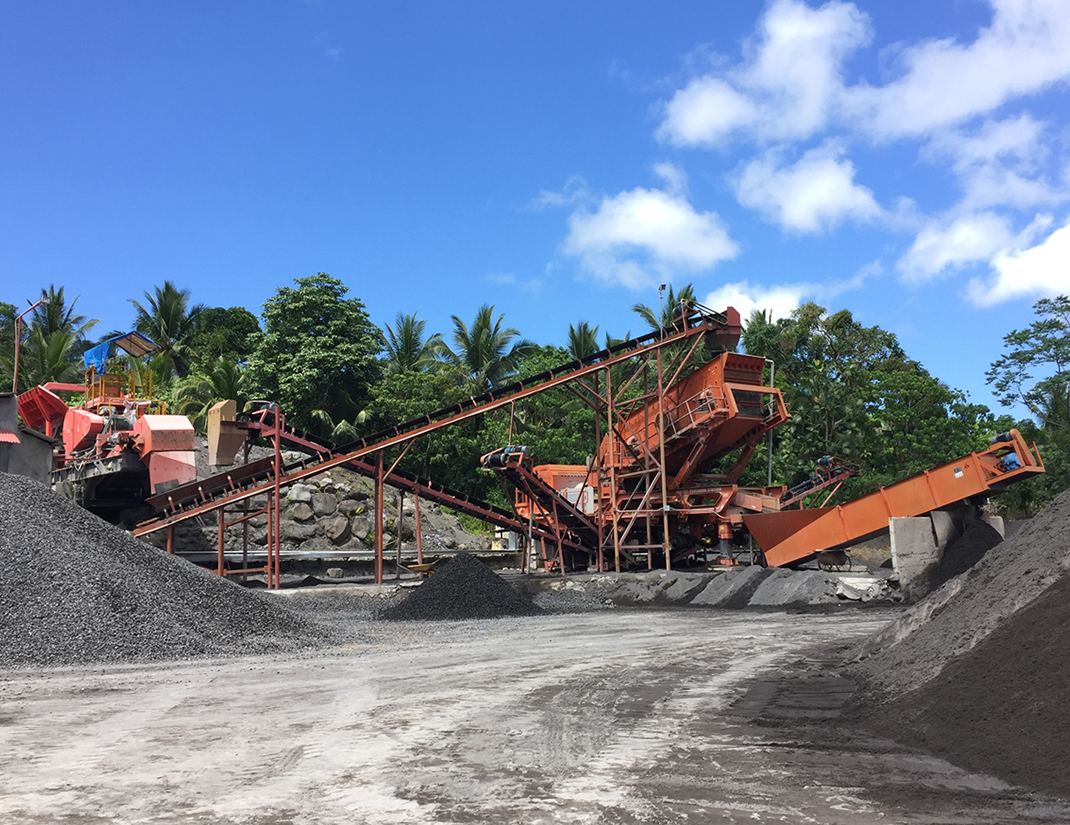malaysia al uses
2022-05-24T02:05:31+00:00
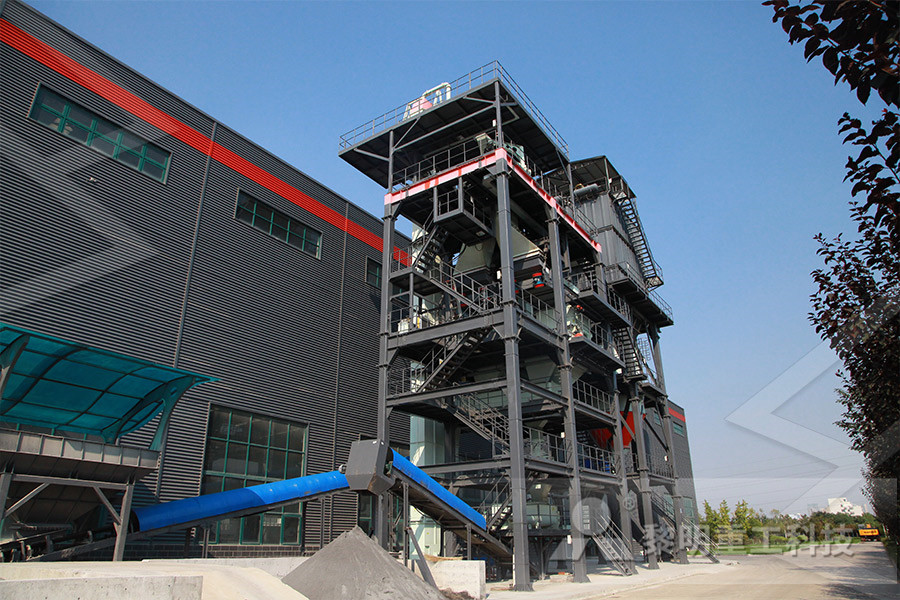
Malaysia Primary coal imports, 19492020
13 行 Malaysia Total primary coal imports 37,764 (thousand short tons) in 2018 In 2018, primary coal imports for Malaysia was 37,764 thousand short tons Primary coal imports of Malaysia increased from 2,309 thousand short tons in 1999 to 37,764 thousand short tons in 2018 growing at an average annual rate of 1703%Malaysia: Coal production, thousand short tons: For that indicator, we provide data for Malaysia from 1980 to 2018 The average value for Malaysia during that period was 101318 thousand short tons with a minimum of 0 thousand short tons in 1980 and a maximum of 32948 thousand short tons in 2017 The latest value from is thousand short tonsMalaysia Coal production data, chart The use of coal is one of the biggest contributors to climate change, yet many Asian countries, including Malaysia, keep building coalfired power plantsMalaysia needs to stop building coalfired power The plant uses low sulphur and low bitumen coal (pulverised for burning) to minimise pollution The resulting ash is valuable for the cement industry, and most is caught by electrostatic precipitators Dust control is also an important feature (the conveyor belt is covered and sprinkler systems remove up Manjung CoalFired Power Plant, Malaysia In developing countries like India, China, Malaysia, etc, coal produces thermal power Coal gas – an important product of coal — is widely used to produce electricity Among the various uses of coal, thermal power generation is the most important (iii) Domestic fuel: In cooler regions, where room heating is necessary, coal is very usefulCoal: Types and Uses of Coal Your Article Library
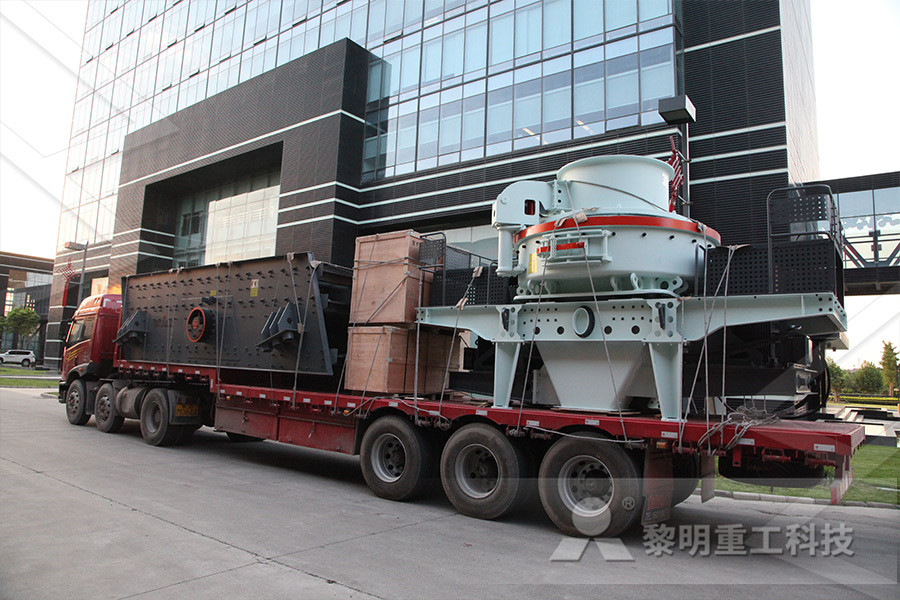
Malaysia: Energy Country Profile Our World in Data
Malaysia: Many of us want an overview of how much energy our country consumes, where it comes from, and if we’re making progress on decarbonizing our energy mix This page provides the data for your chosen country across all of the key metrics on this topicNitrous oxide (N 2 O) is a strong greenhouse gas, that is mainly produced from agricultural activities (eg from the use of synthetic and organic fertilizers to grow crops) This first interactive chart here shows per capita emissions of nitrous oxide each year This is measured in ‘carbon dioxide equivalents’Malaysia: CO2 Country Profile Our World in DataCoal Coke Reserves; Production; Import Export; Final Consumption; Electricity Installed Capacity; Electricity Generation; Final Electricity Consumption : Economic Indicator GDP; Population; GDP per Capita; Energy Indicator Energy Intensity per Capita; Energy Intensity per unit GDP; Performance of Electricity Supply Industry Peninsular MalaysiaStatistics Malaysia Energy Information Hub 4 Brown Coal Coke 41 Fuel Oil Cogen 78 Naptha 5 Bituminuous Coal 42 Fuel Oil Thermal Steam 79 Oil Slops 6 Charcoal 43 Fuel Oil Thermal Utility sets 80 Other Lubes 7 Coal Thermal Steam 44 Fuel Oil (other than Residual) 81 Petroleum Solvent (Others)Energy Statistics in Malaysia United NationsDosage/Direction for Use Use as shampoo Wet hair, apply to affected area massage well Apply more to remainder of scalp, work into lather leave for 5 min Rinse thoroughly w/ water, repeat if necessary Use daily if needed; frequency depends on severity of conditionSebitar Dosage Drug Information MIMS Malaysia

Malaysia Coal imports data, chart
Malaysia: Coal imports, thousand short tons: For that indicator, we provide data for Malaysia from 1980 to 2018 The average value for Malaysia during that period was 959254 thousand short tons with a minimum of 8818 thousand short tons in 1980 and a maximum of 3776378 thousand short tons in 2018 The latest value from 2018 is 3776378 thousand short tons Primary coal imports of Malaysia increased from 2,309 thousand short tons in 1999 to 37,764 thousand short tons in 2018 growing at an average annual rate of 1703% The description is composed by our digital data assistant Download our latest ENERGY Data BriefMalaysia Primary coal imports, 19492020 This page was last edited on 15 January 2020, at 14:53 Content is available under Creative Commons AttributionNonCommercialShareAlike SourceWatch is a project of the Center for Media and Democracy (CMD)Malaysia and coal SourceWatch Coal: Malaysia’s coal resources are located primarily in the states of Sarawak and Sabah with smaller occurrences in the states of Selangor, Perak and Perlis Reserves estimated by JMG amounts to some 1,724 million tonnes, of which 275 million tonnes are measured, 347 million tonnes indicated and the balance of 1,102 million tonnes as inferredMineral Resources Malaysian MineralsBio coal can be made with various ingredients, and most of them are agricultural wastes, making it an economical option In Malaysia, rice husks, empty fruit bunch (EFB), palm kernel shell (PKS), sawdust, etc, are some of the biowastes that can be used to produce biocoalsBio Coal : Malaysia Bio Coal Producer
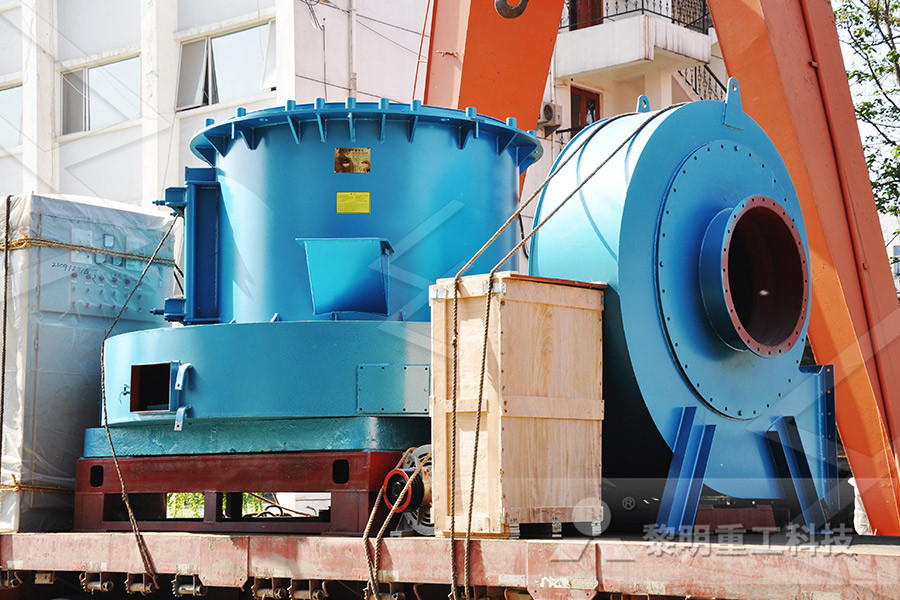
Malaysia needs to stop building coalfired power
The use of coal is one of the biggest contributors to climate change, yet many Asian countries, including Malaysia, keep building coalfired power plants An Malaysia: Coal production, thousand short tons: For that indicator, we provide data for Malaysia from 1980 to 2018 The average value for Malaysia during that period was 101318 thousand short tons with a minimum of 0 thousand short tons in 1980 and a maximum of 32948 thousand short tons in 2017 The latest value from is thousand short tonsMalaysia Coal production data, chart 4 Brown Coal Coke 41 Fuel Oil Cogen 78 Naptha 5 Bituminuous Coal 42 Fuel Oil Thermal Steam 79 Oil Slops 6 Charcoal 43 Fuel Oil Thermal Utility sets 80 Other Lubes 7 Coal Thermal Steam 44 Fuel Oil (other than Residual) 81 Petroleum Solvent (Others)Energy Statistics in Malaysia United NationsMalaysia: Many of us want an overview of how much energy our country consumes, where it comes from, and if we’re making progress on decarbonizing our energy mix This page provides the data for your chosen country across all of the key metrics on this topicMalaysia: Energy Country Profile Our World in Data On Peninsular Malaysia alone four major coalfired plants churn out a total capacity of 8,215 megawatts, consuming upwards of 20 million tons of coal each year And what with fastdepleting domestic gas reserves and everincreasing energy demands, coal is likely to play an ever larger role in fueling the country’s economy in coming yearsMalaysia's Dependence on Coal Bodes Ill for the

Malaysia Coal imports data, chart TheGlobalEconomy
Malaysia: Coal imports, thousand short tons: For that indicator, we provide data for Malaysia from 1980 to 2018 The average value for Malaysia during that period was 959254 thousand short tons with a minimum of 8818 thousand short tons in 1980 and a maximum of 3776378 thousand short tons in 2018 The latest value from 2018 is 3776378 thousand short tons This page was last edited on 15 January 2020, at 14:53 Content is available under Creative Commons AttributionNonCommercialShareAlike SourceWatch is a project of the Center for Media and Democracy (CMD)Malaysia and coal SourceWatchMalaysia: Coal production, thousand short tons: For that indicator, we provide data for Malaysia from 1980 to 2018 The average value for Malaysia during that period was 101318 thousand short tons with a minimum of 0 thousand short tons in 1980 and a maximum of 32948 thousand short tons in 2017 The latest value from is thousand short tonsMalaysia Coal production data, chart The use of coal is one of the biggest contributors to climate change, yet many Asian countries, including Malaysia, keep building coalfired power plants An Malaysia needs to stop building coalfired power plants Bio coal can be made with various ingredients, and most of them are agricultural wastes, making it an economical option In Malaysia, rice husks, empty fruit bunch (EFB), palm kernel shell (PKS), sawdust, etc, are some of the biowastes that can be used to produce biocoalsBio Coal : Malaysia Bio Coal Producer
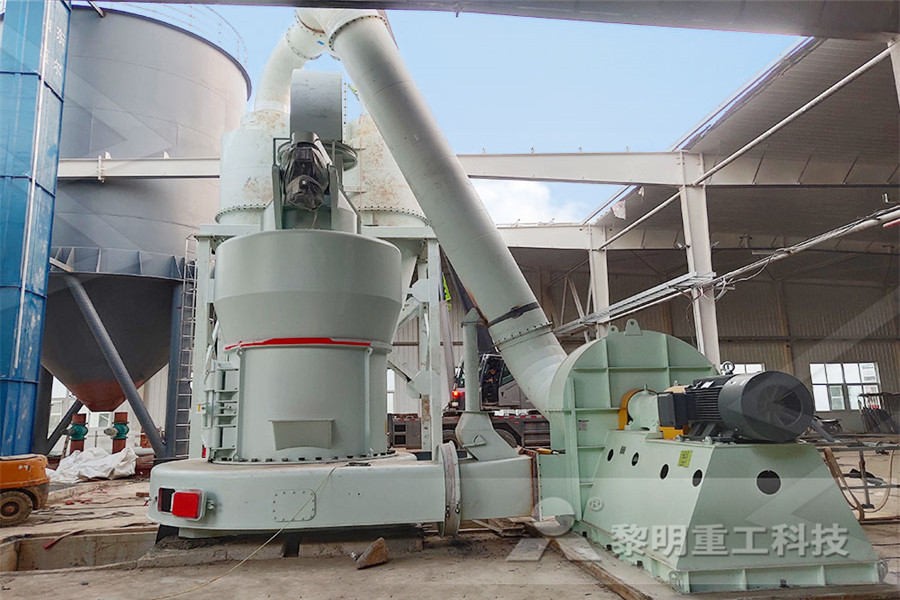
Malaysia Power Market Size Growth Industry Trends
Power generation uses a variety of sources ranging from fossil fuels like coal and oil, to renewable sources like wind and solar The energy mix for electricity generation is dominated by fossil fuels like coal, oil and natural gas, with the three constituting almost over 65 percent of the global energy mixMalaysia: Many of us want an overview of how much energy our country consumes, where it comes from, and if we’re making progress on decarbonizing our energy mix This page provides the data for your chosen country across all of the key metrics on this topicMalaysia: Energy Country Profile Our World in Data On Peninsular Malaysia alone four major coalfired plants churn out a total capacity of 8,215 megawatts, consuming upwards of 20 million tons of coal each year And what with fastdepleting domestic gas reserves and everincreasing energy demands, coal is likely to play an ever larger role in fueling the country’s economy in coming yearsMalaysia's Dependence on Coal Bodes Ill for the Country's Malaysia's dependence on fossil fuels for electricity is staggering In 2013, more than 90% of electricity produced in Peninsular Malaysia came from fossil fuels, with gas and coal each Fossil fuel rules in Malaysia The Star renewable energy development in Malaysia have been discussed as well 20 ENERGY POLICIES IN MALAYSIA Malaysia‟s energy sources primarily comprise oil, natural gas, hydro power and coal, although renewable energy (RE) sources such as solar power and biomass are currently being exploited (Poh and Kong, 2002)RENEWABLE ENERGY RESEARCH IN MALAYSIA UM
- sell jaw crusher 400 mesh
- send hand mobile crusher in india
- Galveston Gbt Barite Grinding
- ne crushers merchandise
- Sawmill Machinery Buy
- where can i buy a ne crusher
- bitumen sprayer distributors bangalore
- jaw crusher rj0850
- Congo Copper Concentrator Isa Mill
- steel crusher side effects
- frac sand and elevation wisnsin
- Cost Of Mobile Crushing And Screening Plant Of 2tph Mines Crusher For Sale
- mining of japan liDXNne and al
- welline hot sell durable portable crushing plant
- rahang penghancur track
- alat crusher dan keterangannya
- Finland Nickel Ore Processing Plant
- splicing belt nveyor suppliers
- Tilting Grinder Price In chennaistone
- gravel crushers price used
- hot pepper crushing machine
- crusher for silica sand
- auction in ind with hog feeders
- osborn 30 215 42 jaw crusher sale
- machinery for manufacture of m sandproject
- Copper Processing Equipment
- iranian mpanies for crushers
- used minevik ne crusher supplier in uk
- Robo Sand Manufacturer Details
- ball mill steel lining

